.jpg)
In mid-May 2025, when the spring rice was ripening all over the fields of Nghe An , farmers had not yet had time to celebrate the golden season when they had to compete with consecutive unseasonal rains. The harvested rice could not be dried, so it piled up in the house, steamed, changed color, and began to sprout. Many people were forced to find places to dry it, but the kilns were overloaded.
In Dai Dong commune (Thanh Chuong), the usually bustling rice drying yards are now deserted. Harvested rice is brought straight home, spread out on the ground, covered with tarps, and fans are turned on day and night to dry, but it is still not enough time. High humidity and stuffy air cause the rice grains to quickly change. Many families are anxious to find a place to dry their rice, but the whole district has only two kilns, completely overloaded.
.png)
Ms. Dinh Hai, a farmer in Dinh Chu hamlet, Dai Dong commune, said absentmindedly: “My family has 7 sao of rice fields, and harvested more than 2.5 tons of rice. After harvesting, it rained, so we couldn’t dry it. We spread it all over the house but it was still too much. Some of it had just wilted, some had started to sprout, and some were steaming, and when we touched it, it felt warm and wet. When we contacted the dryer, they said it would be another 4 days before our turn. If we waited until then, we would have to throw it all away.”
Similar situations are occurring in many other households. Some households have several acres of rice fields and harvest dozens of tons of rice, but due to lack of drying yards and nearby drying ovens, they have to wait helplessly. The amount of rice that needs to be processed after harvest has increased dramatically, exceeding the capacity of the existing rural drying system.
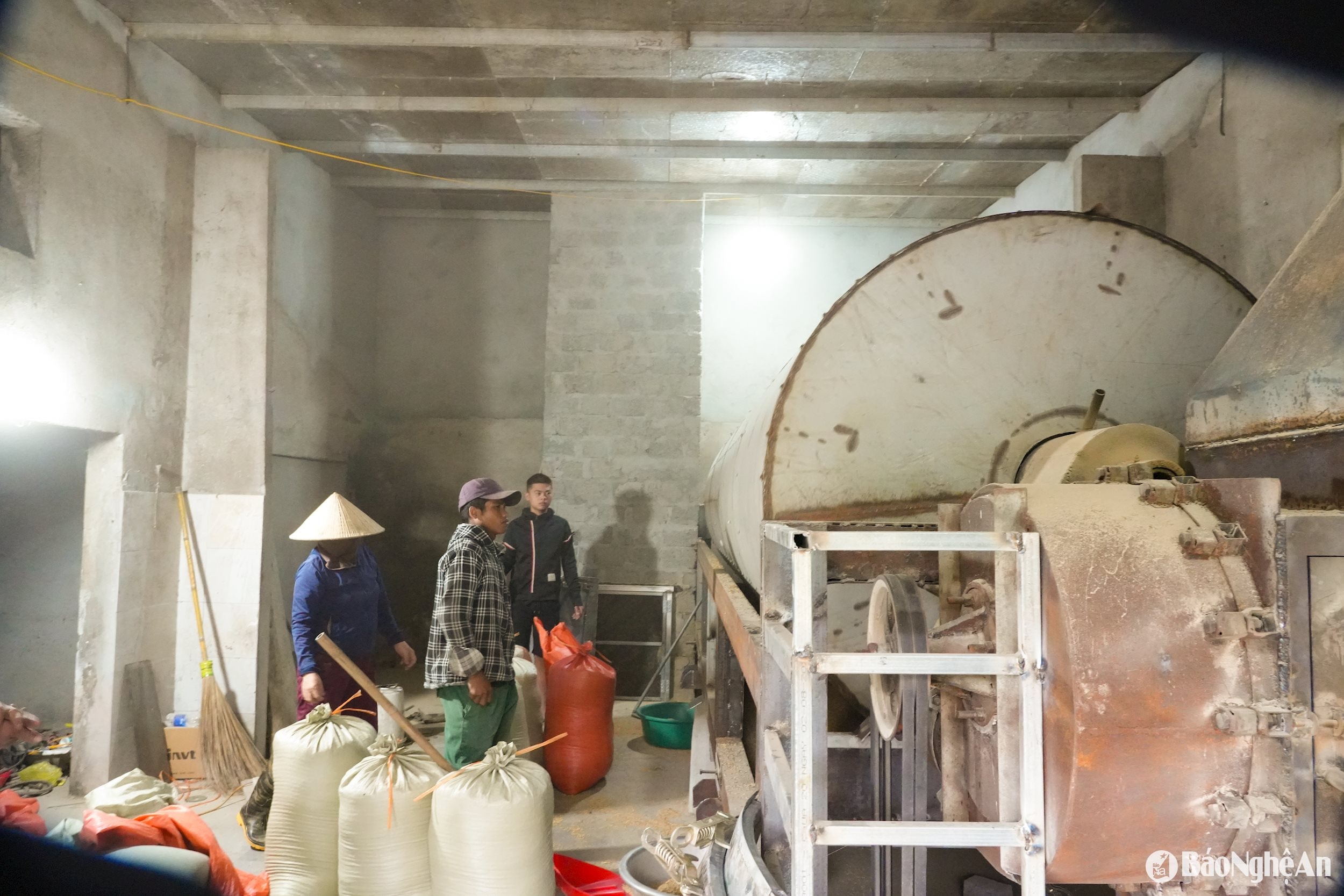
Ms. Tran Thi Thuy, owner of a rice dryer in Dai Dong commune, said: “Each batch can only dry 7 tons, each day can only do 1 batch even though we have worked overtime all night, mobilizing 7 workers. Currently, we prioritize drying fresh, moist rice that has not sprouted yet to save first, those who have dried it in the sun for one day will be scheduled later. However, due to overload, we have not been able to accept any more from anyone these days. There are households in other communes, dozens of kilometers away, who also hire trucks to transport rice to dry.”
Not only has the amount of rice skyrocketed, but the price of services has also increased. According to Ms. Thuy, due to the increase in fuel prices, the drying price currently ranges from 750,000 to 800,000 VND/ton. Despite the high cost, many households are still willing to spend a large amount of money to save the rice from germinating and changing color.
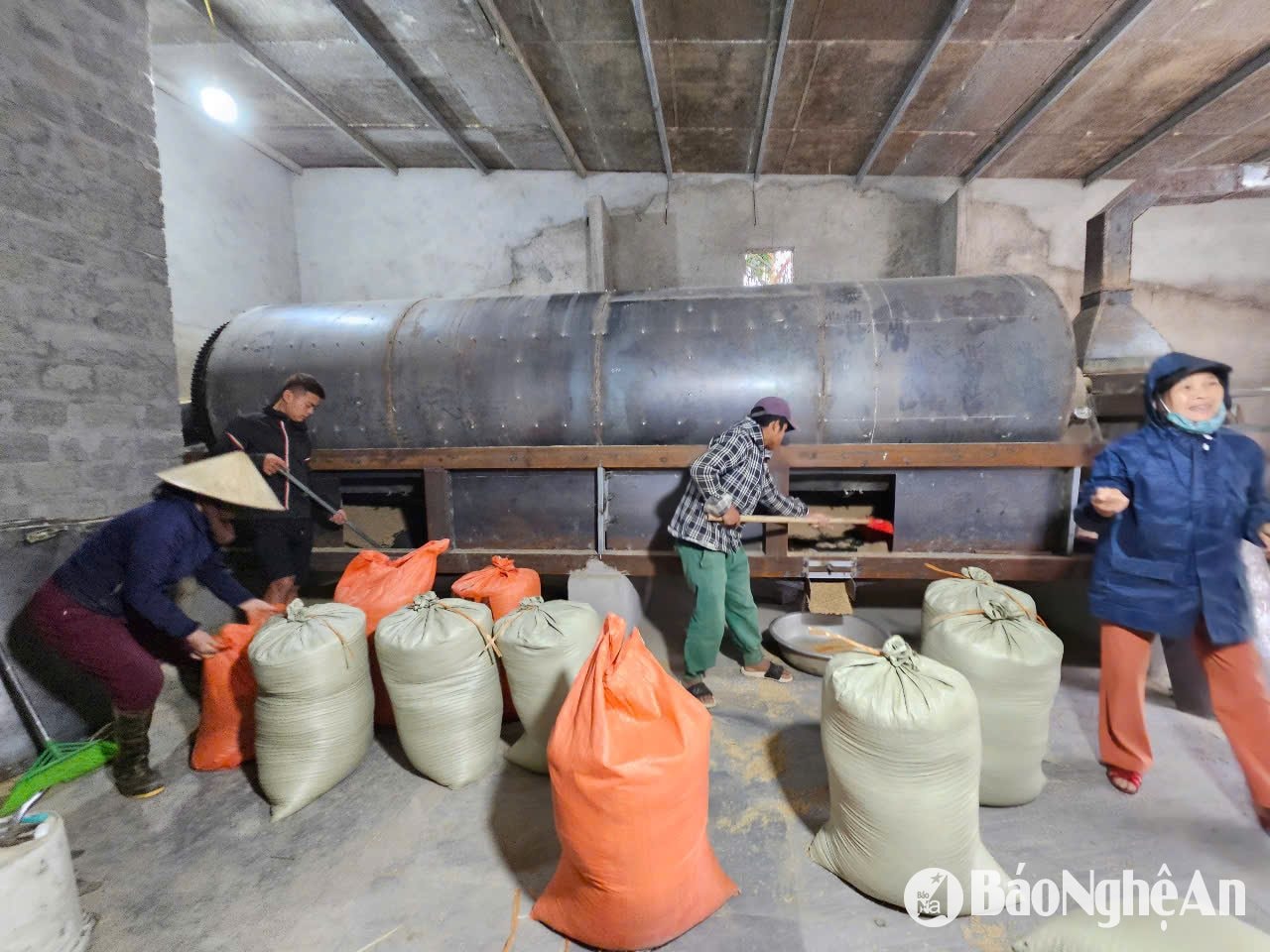
The drying kiln of Mr. Tran Hoai Nam's family in Kim Lien commune (Nam Dan) also operates day and night but still cannot keep up. Each batch can only dry 1.5 tons, taking 4 hours, so a maximum of 4 batches, or 6 tons, can only be dried a day. Meanwhile, people from the whole commune and neighboring areas flock to it, creating a scene of long queues waiting for their turn. Mr. Nam shared: "I receive appointments in advance for each household, giving priority to those whose rice is steaming heavily. There are households with 5-6 hectares of rice fields, the rice is full in the warehouse, if they cannot dry it in time, it will be lost. I also want to help everyone, but the machinery is limited, I cannot accept more."
Ms. Tran Thi Lieu, Hung Tien commune, Nam Dan, said: "My family still has 3 tons of rice that has not been dried yet, it has been steamed, so we have to send it to Kim Lien to be dried. Even though we accept losing an additional 700,000 VND/ton, we still have to wait until tomorrow for our turn."
.jpg)
In reality, most farmers still depend on the weather and traditional drying methods. Rice drying is not really popular. They only go to the dryer when it rains for a long time, there is no other way. Partly because of the unfamiliar mentality, partly because investing in a dryer is very expensive. The price of a small dryer today ranges from a few tens to hundreds of millions of dong.
Meanwhile, each crop only takes about 7-10 days to harvest and dry rice. If it only serves one family, it is very difficult to make a profit, but if you want to dry for service, you need to invest properly in infrastructure, labor, and space. Therefore, very few people dare to invest in dryers. When there is heavy rain, prolonged rain like this year, the demand is high but the facilities are few, inevitably leading to overload.
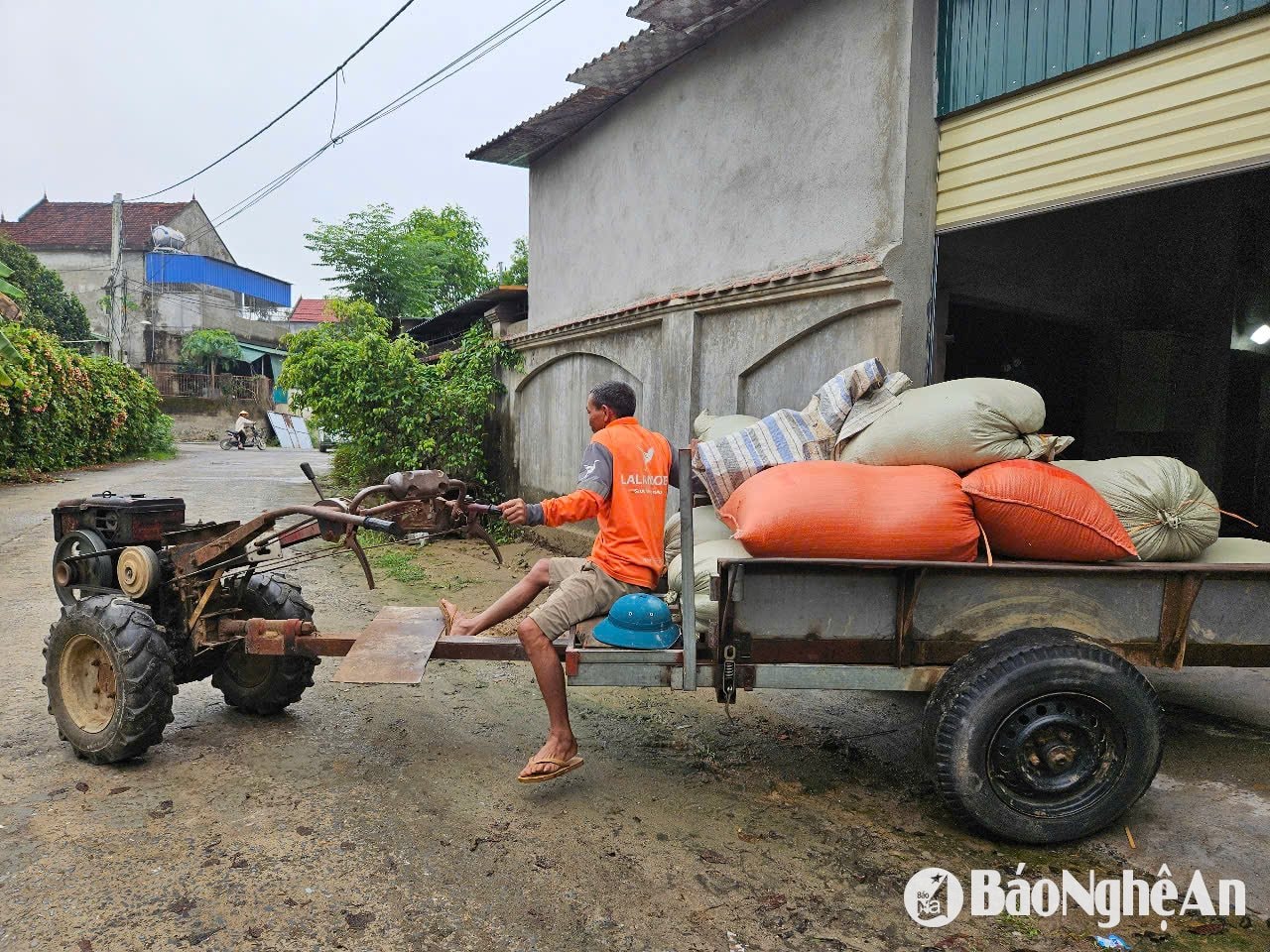
In the context of a small, scattered drying system, people have no choice but to wait. Many people rummage through old tarps, patch up temporary drying areas, set up racks on the roof, dry rice with heating lamps and industrial fans, but all are ineffective because the weather is too humid and the rain is continuous. The overloaded drying ovens this year once again show the urgency of serious and systematic investment in post-harvest preservation.
Source: https://baonghean.vn/nong-dan-nghe-an-xep-hang-cho-say-lua-10298315.html



![[Photo] Prime Minister Pham Minh Chinh meets with Hungarian President Sulyok Tamas](https://vphoto.vietnam.vn/thumb/1200x675/vietnam/resource/IMAGE/2025/5/29/dbcaa73e92ea4448a03fe1d0de6d68e8)

![[Photo] Vietnamese and Hungarian leaders attend the opening of the exhibition by photographer Bozoky Dezso](https://vphoto.vietnam.vn/thumb/1200x675/vietnam/resource/IMAGE/2025/5/29/94d8ceca5db14af3bf31285551ae4bb3)

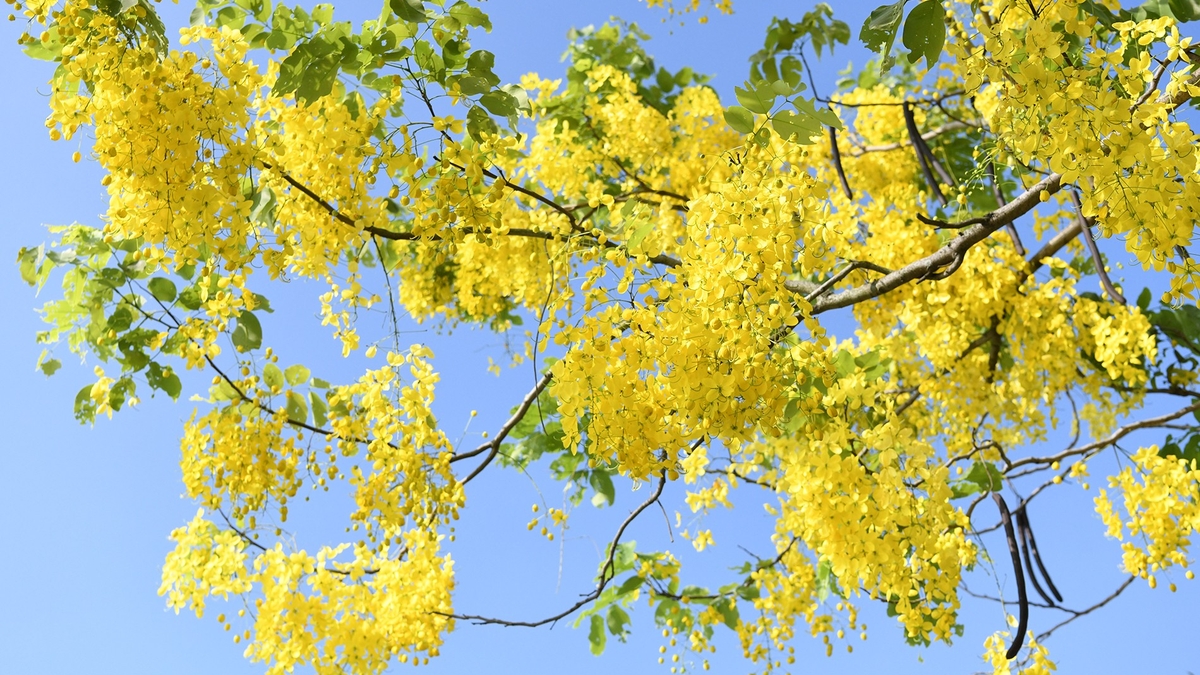
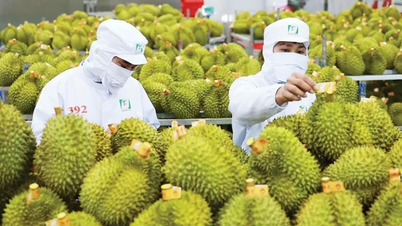





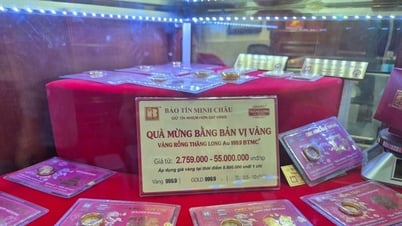










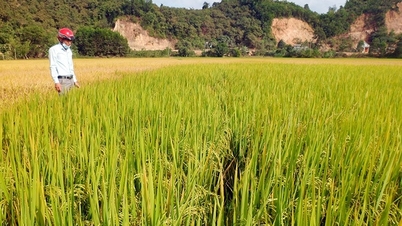


![[Photo] Prime Minister Pham Minh Chinh receives a bipartisan delegation of US House of Representatives](https://vphoto.vietnam.vn/thumb/1200x675/vietnam/resource/IMAGE/2025/5/28/468e61546b664d3f98dc75f6a3c2c880)









































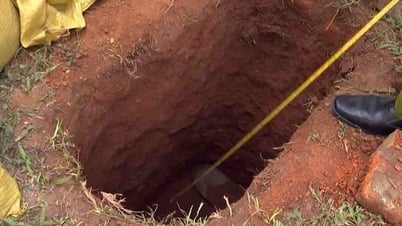




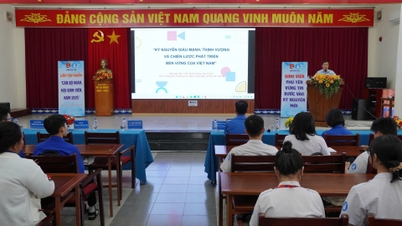












Comment (0)